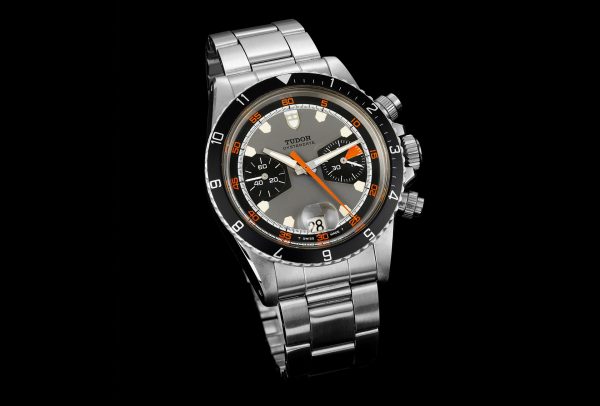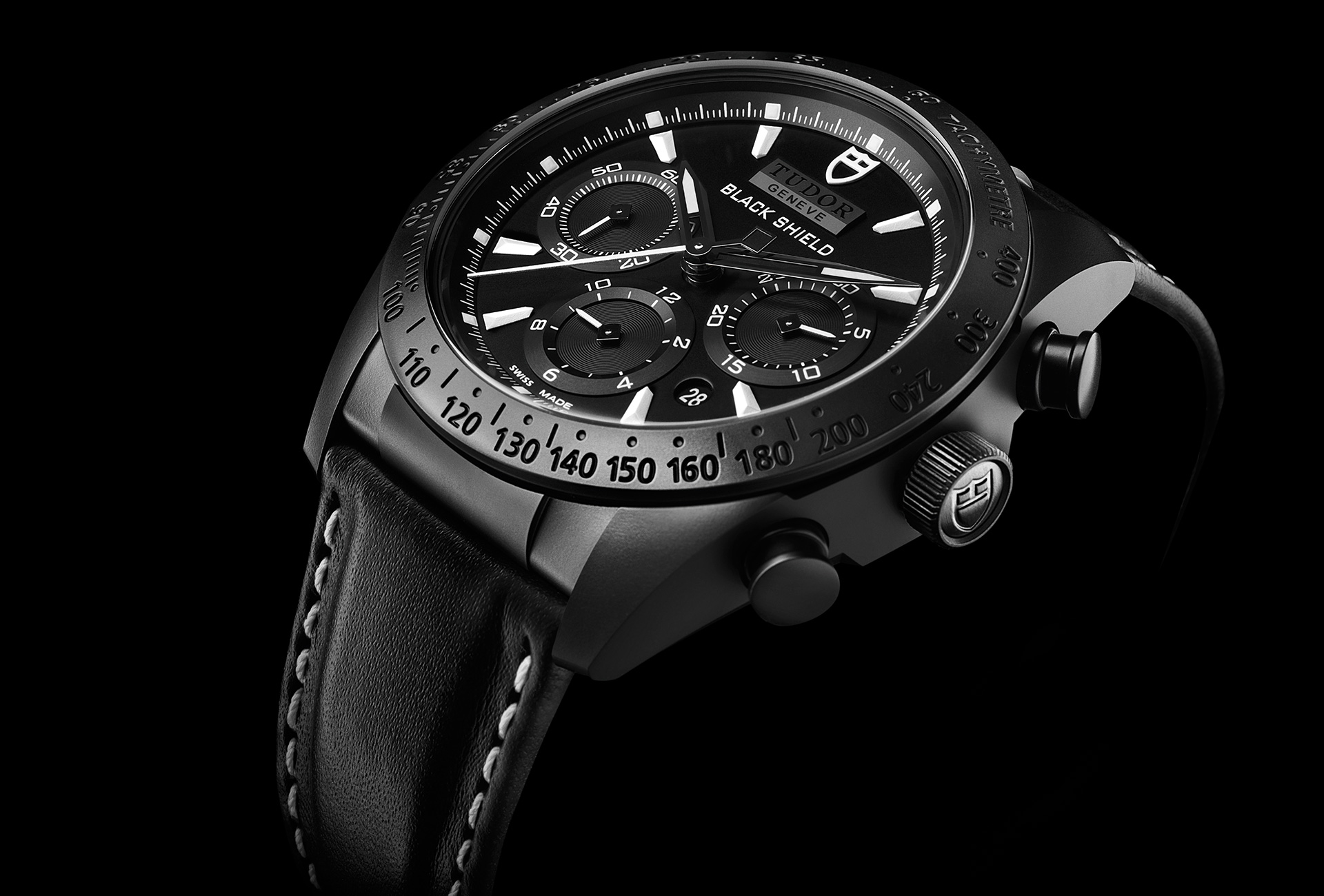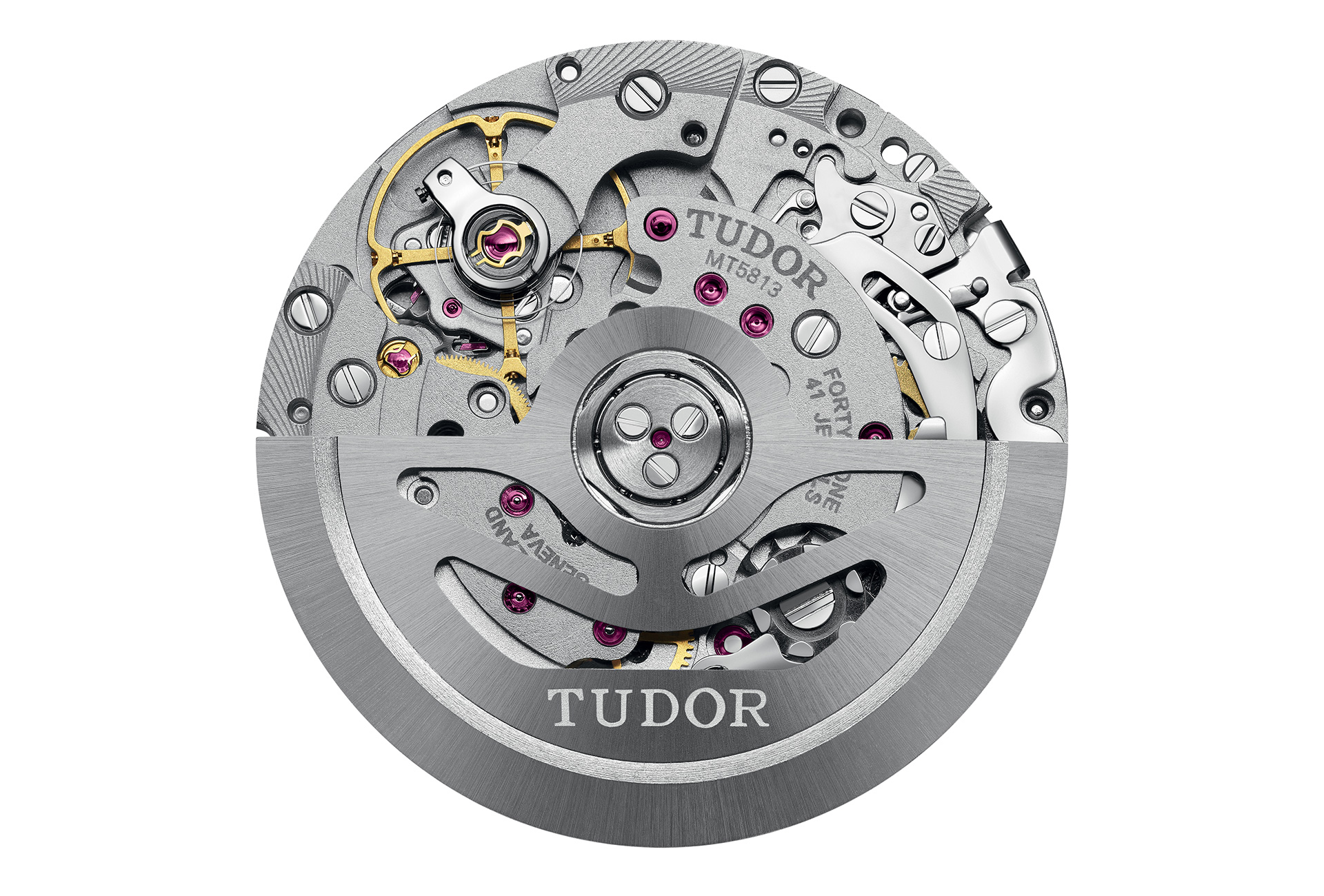Will Tudor reveal a proprietary chronograph calibre, by movement-maker Kenissi, for the 50th anniversary of its first chronograph? Until now, the brand’s chronos have been fitted with third-party movements, including the MT5813 that debuted in 2017 with the Black Bay Chrono and which began life as the Breitling B01 calibre, modified with a silicon balance spring and personalised rotor for 70 hours of power reserve. As you may recall, in April that year the two brands announced they would be trading movements: in exchange for the B01, Tudor supplied Breitling with its MT5621 hours, minutes, seconds, instantaneous date and stop seconds, which became the B20 that powers the Superocean Heritage II. Now that Kenissi, which supplies Tudor with quality movements, is expanding its range beyond workhorse calibres — think of the recent GMT — a chronograph certainly isn’t out of the question.
Four "historic" series
Tudor made its first incursion into chronographs in 1970. Back then, a chronograph was an essential piece of kit for pilots and racing drivers, so it made perfect sense that Tudor, a brand priding itself on its professional tool watches, including robust dive watches worn by army combat divers, should add a chrono to its collections. The inaugural 7000 Series Oysterdate introduced a trio of bi-compax chronos that were powered by a manual-wind Valjoux 7734 calibre. The three versions — two production pieces and one prototype — were differentiated by their bezel, with tachymeter scale, but shared the same 39mm case, striking design and bold colour schemes. A year later, the brand was back with the 7100 Series Montecarlo, again with three variations and even more distinctive orange and blue accents on a pearly grey dial. The movement was upgraded to the Valjoux 234, operating at a faster 21,600 vibrations/hour and with a column wheel for a smoother chronograph action.

In the evolutionary chain of Tudor chronographs, the 9400 Series Prince Oysterdate from 1976 ushered in something of a revolution as this was the first time Tudor had used an automatic movement — the famed Valjoux 7750 — for its chronos. Visually, this new series leaned towards a more traditional layout with counters at 6, 9 and 12 o’clock, leaving the 3 o’clock position for the date window. Little changed with the introduction in 1989 of the Series 79100, again driven by the 7750. Beating at 28,800 vibrations/hour and controlled by an oscillating pinion, this Valjoux movement remains highly regarded as a precise and reliable calibre. The last “historic” series, the 79200 Series Sapphire, was released in 1995. The movement was the ever faithful 7750 inside a case with softer, more rounded contours. Other updates to the design were the black aluminium bezel insert for the tachymeter scale, cream chronograph counters on a silvered dial, and a sapphire crystal with cyclops lens to replace the traditional Plexiglas crystal.
Vintage appeal
The next update came a full fifteen years later, for the fortieth anniversary of the first Tudor chronograph, and it was a release worth waiting for: a tool watch built for modern living but with vintage flourishes. The aptly named Heritage Chrono from 2010 reprised the shape and proportions of the 1970 original’s caseband, bezel, horns and bracelet. With it, Tudor gave a foretaste of what would rapidly become an industry-wide wave of vintage-inflected designs. More success came three years later with the Heritage Chrono Blue, directly inspired by a 1973 version of the Montecarlo, this time powered by a Tudor 2892 movement on an ETA base. Next in line, in 2017, the Heritage Black Bay Chrono was another vintage hybrid, combining the aquatic heritage of the Black Bay range with the chronograph function. As mentioned, Tudor equipped it with the Breitling B01 movement, a favourite with purists. The brand has also added chronographs to its Fastrider line, a sports watch range that came out of the partnership with the Italian motorcycle brand, Ducati. They are driven by an ETA 7753 movement. Soon to be joined by Tudor’s very own chronograph calibre?
























